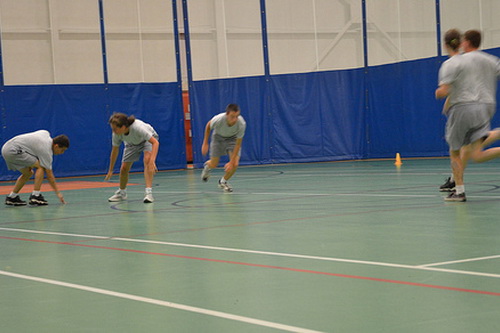
Interval Training For Fast Results - You'll be Surprised
Interval training has been with us ever since people realized that if they had to work hard they would also need to rest. However, interval training has come into its own since the pioneering work of Professor Izumi Tabata in 1996. Professor Tabata wasn't the first person to suggest High Intensity Interval Training (HIIT) but his name has nonetheless become synonymous with it. HIIT is primarily aimed at improving anaerobic conditioting but all interval training has a conditioning element and usually features 'negative rest,' which simply means you spend more time working and less time resting. The longer the intervals, the easier it is; the less negative the rest periods, the easier it is.
- Important notification about information and brand names used in this slideshow!
- Photo courtesy of Atlantic Cadets Atlantique by Flickr : www.flickr.com/photos/atl_cadets/5952052970/
- www.livestrong.com/slideshow/553531-the-20-best-fitness-tips-of-all-time/#slide-3
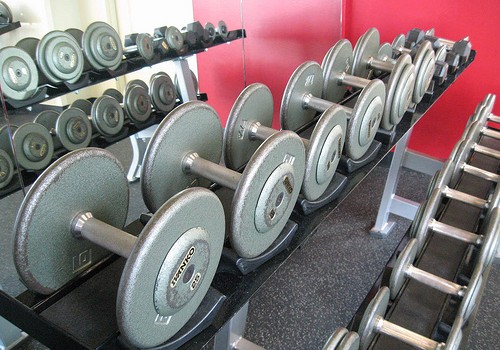
Free Weights For Added Neural Drive and Stabilizer Involvement
Free weights are among he most effective tools in the world for improving strength, fitness and health. Free weights require far greater reliance on the support and structural muscles than machine exercises. They also require more central nervous system involvement. As a result you're training your muscles to produce force, and your nervous system to tell your muscles to produce force, at the same time. If you're used to machines, free weights will be an unwelcome shock. You'll be moving a lot less weight! Additionally, you can vary the speed with which you move free weights. This can result in a whole range of training methods from 'speed training' like West Side Barbell do, Olympic Weightlifting, which is really a method of training rate of force development, and more - and the people who use these methods are among the srtongest, best conditioned people on the planet. Maybe it could work for you!
- Important notification about information and brand names used in this slideshow!
- Photo courtesy of David Murray by Flickr : www.flickr.com/photos/davemurr/4592014327/
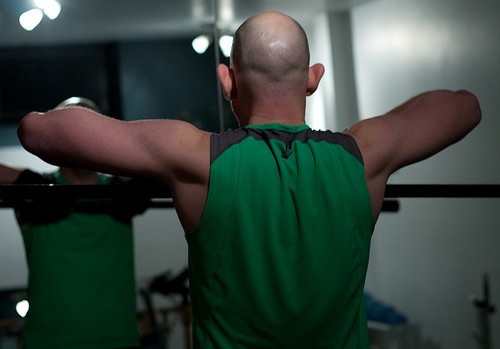
Increase Your Range of Motion
Even a few more inches of range of motion will result in a massive increase in the difficulty of an exercise. Go ahead and test it for yourself - try doing a couple of pushups, then try doing the same exercise with your hands elevated on stacks of books or weight benches. Going deeper is way, way harder, and it increases motor unit recruitment and builds mobility. Sounds like a win-win, right? Well, sort of. but be prepared for being more tired than you're used to and you can expect some new muscular aches and pains too. Stick with it, and you'll lose some of your joint aches and pains.
- Important notification about information and brand names used in this slideshow!
- Photo courtesy of Shawn Henning by Flickr : www.flickr.com/photos/shawnhenning/3329412991/
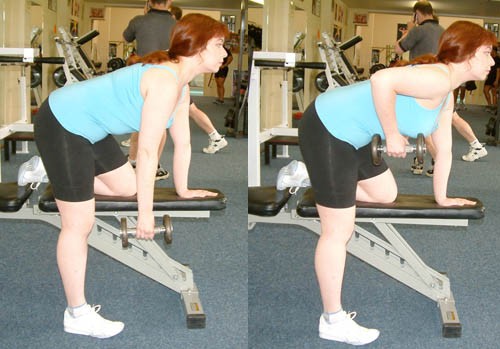
Do an exercise which includes several muscle groups
Compound movements refer to those which involve several joints. Isolation exercises involve only one joint. Typically the picture is more complex, in that many isolation exercises actually involve some support from other joints, but deliberately compound exercises are more effective in building strength and muscle. The more joints an exercise involves, the more muscles it will involve. That means more motor units, more central nervous system involvement, more muscle mass contracting, more hormonal response, more growth, more strength and more functional fitness. After all, when was the last time anyone asked you to tricep kickback their couch? Base your training around compound movements and you'll get the results you want.
- Important notification about information and brand names used in this slideshow!
- Photo courtesy of GeorgeStepanek by Wikimedia Commons : commons.wikimedia.org/wiki/File:DumbbellBentOverRow.JPG
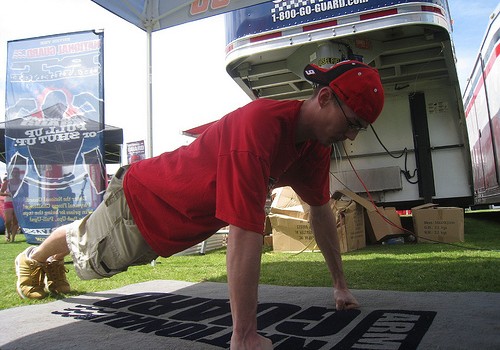
Bodyweight Training For Functional Fitness, Strength and Stability
Bodyweight exercises have developed an undeserved reputation as an easy and ineffective alternative to weights and machines. That couldn't be further from the truth. While it's hard to overload the legs with bodyweight exercises past a certain point, that point is really to be found at about 10-12 jumping one-leg squats. That's a feat that's beyond most people. Bodyweight exercises like push-ups, pull-ups and dips are a great way to build some basic strength, good additions to a more advanced strength routine and they're inherently good movements - it's better to add weight to a pull-up than to get strong on the lat pulldown machine. And bodyweight training on rings or blast straps will blast your core in a way nothing else can.
- Important notification about information and brand names used in this slideshow!
- Photo courtesy of Katy Warner by Flickr : www.flickr.com/photos/sundazed/2640812635/
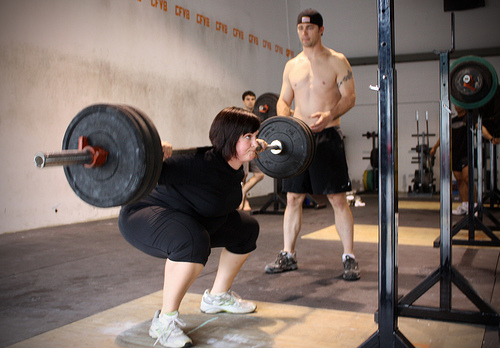
Squats - The Basis of Good Training?
If there's a motion people like to neglect in the gym, it's the squat. It's unglamourous, difficult and simple - when we all want an exercise that's exciting, looks cool and involves doing something interesting. But there's a strong argument to be made that training should concentrate on squats. Why? Because no movement recruits more muscle fibers than a heavy squat. The squat is the basis of Olympic lifting, and of all the power variations of O-lifts; it's the way to move heavy weight, and moving heavy weight makes you fit and strong. If you're new to lifting, and you don't have a background in a sport that focusses on movement quality and range of motion, like martial arts or dance, squats are the most unpleasant combination of heavy weight and extreme range of motion, strength, stability and mobility, that you'll likely face in the gym. You'll need to learn them as a skill and it could take time. But every second spent under the bar is worth it - it pays off when everything else, from deadlifts to pressing work, gets better.
- Important notification about information and brand names used in this slideshow!
- Photo courtesy of Amber Karnes by Flickr : www.flickr.com/photos/ambernussbaum/3596359675/
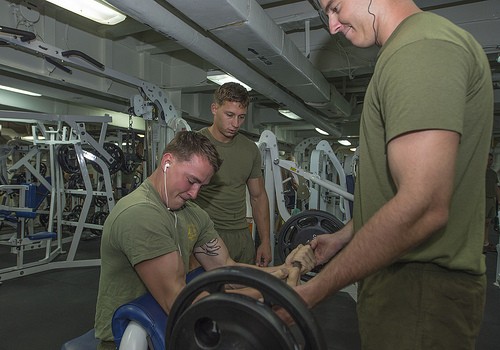
Lift Heavier Weights For More Gains, Better Health and More
Research indicates that lifting heavy weights is the most effective way to gain strength. That often means reps between 3 and 5, with weights of 80 to 90% of your 1 rep max. However, there's evidence too that this is suitable only for relatively experienced lifters. For those new to training, adding a few reps is a good idea, since their relative inexperience will result in reduced motor unit recruitment and an increased risk of injury from form collapsing when they struggle with an unaccustomed load. Here's a routine for using heavier weights, adapted for the squat, a fairly safe lift to use heavy weights with. Start with a weight you can squat for about 20 reps, and squat it for about 15. Add 10% or 10 pounds, whichever is lighter, and squat that for about 12 reps. Repeat this and squat for 8 reps, then repeat and squat for 4-5 reps. Then add another 10 or 20 pounds, or 10%, and take the bar off the pins in the rack but don't squat it; instead, hold it in the top position of your squat for a count of thirty. That should take you to a heavier squat than you'd...
Research indicates that lifting heavy weights is the most effective way to gain strength. That often means reps between 3 and 5, with weights of 80 to 90% of your 1 rep max. However, there's evidence too that this is suitable only for relatively experienced lifters. For those new to training, adding a few reps is a good idea, since their relative inexperience will result in reduced motor unit recruitment and an increased risk of injury from form collapsing when they struggle with an unaccustomed load. Here's a routine for using heavier weights, adapted for the squat, a fairly safe lift to use heavy weights with. Start with a weight you can squat for about 20 reps, and squat it for about 15. Add 10% or 10 pounds, whichever is lighter, and squat that for about 12 reps. Repeat this and squat for 8 reps, then repeat and squat for 4-5 reps. Then add another 10 or 20 pounds, or 10%, and take the bar off the pins in the rack but don't squat it; instead, hold it in the top position of your squat for a count of thirty. That should take you to a heavier squat than you'd normally do, which should in turn help drive increases in performance everywhere else.
- Important notification about information and brand names used in this slideshow!
- Photo courtesy of Naval Surface Warriors by Flickr : www.flickr.com/photos/navalsurfaceforces/9729987639/
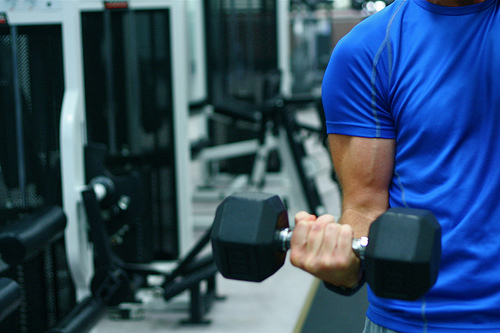
Train in the Right Order - More Demanding Activities Come First
As a rule, the most neurologically demanding exercises should be done first. That means following the following guidelines: Explosive strength - speed strength - maximal strength - endurance strength - strength conditioning - high intensity conditioning - low intensity conditioning. So let's say you planned to do snatches, fast bench presses, deadlifts, high-rep squats, a bodyweight circuit, some sprint intervals and a 5 mile run on the same day. First, let me congratulate you on a truly heroic, if erratic, approach to training. Next, you should do them in that order. Warm up, but don't do your cardio before you do your heavy lifts. Your cardio requires less motor unit recruitment and neural drive than your lifting, so get under the bar first, before your central nervous system is fatigued.
- Important notification about information and brand names used in this slideshow!
- Photo courtesy of Richard Giles by Flickr : www.flickr.com/photos/richardgiles/3178725438/
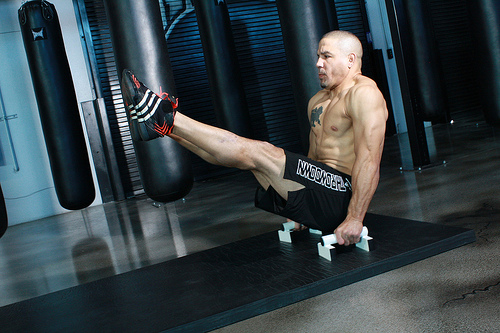
Think - and Research - Outside the Box: Get Training Ideas Wherever You Can
Look to traditions outside what you're used to for training ideas. Gymnasts, acrobats and sprinters all have things to teach most of us - who else does? Experiment with adding things like bodyweight positions and static holds to your training - you'll be shocked how difficult even a fairly basic hold like the V-sit shown here really is, and you'll develop astonishing core strength. Or look to circus training for some rolls and tumbles to add to your warm-up, and watch your mobility and agility go through the roof. And don't be afraid to look outside your comfort zone either - as far back as 2005, Sports Illustrated covered the 'radical training' of American Football players - not amateurs but fulltime pros like the Green Bay Packers. Noting that this went back to the 1970s, Slate Magazine picked up on the story and observed that American Football's biggest stars were all looking for that extra edge by studying yoga, pilates, ballet, tap dance, t'ai chi, karate and more. If the NFL can ward off and plié their way to achievement so can you.
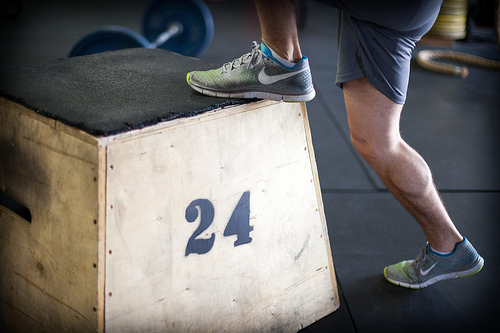
Jumping Exercises - Propel Yourself to the Next Level
Force is mass times acceleration. That's why it's a good idea to wear a seatbelt, and it's why jumping exercises are so effective. They increase general athleticism while requiring extra force to push your bodyweigth off the floor, and to control the landing too. Try a mixture of tuck jumps, straddle jumps and leaps to get some highly athletic conditioning in, or experiment - carefully! - with skater squats to improve your stability and leg strength, especially in the ankles and knees. Or build jumping into bodyweight circuits - just be careful that you don't hurt yourself as fatigue sets in!
- Important notification about information and brand names used in this slideshow!
- Photo courtesy of adrian valenzuela by Flickr : www.flickr.com/photos/adrianv/8708684996/


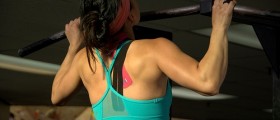
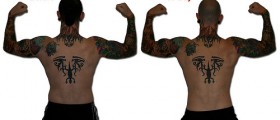

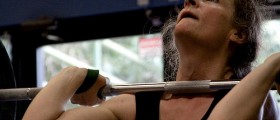
_f_280x120.jpg)
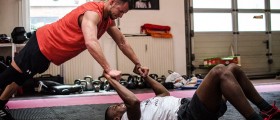


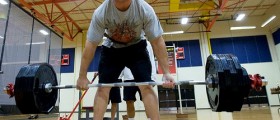

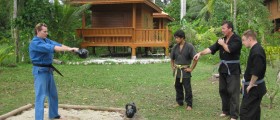
_f_280x120.jpg)

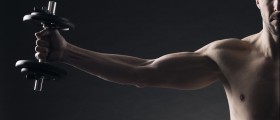
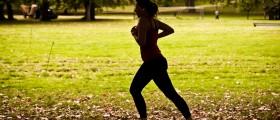

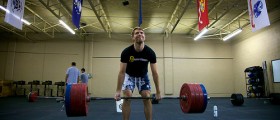


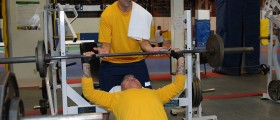



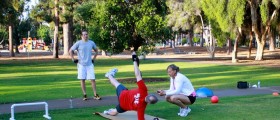
Your thoughts on this
Loading...